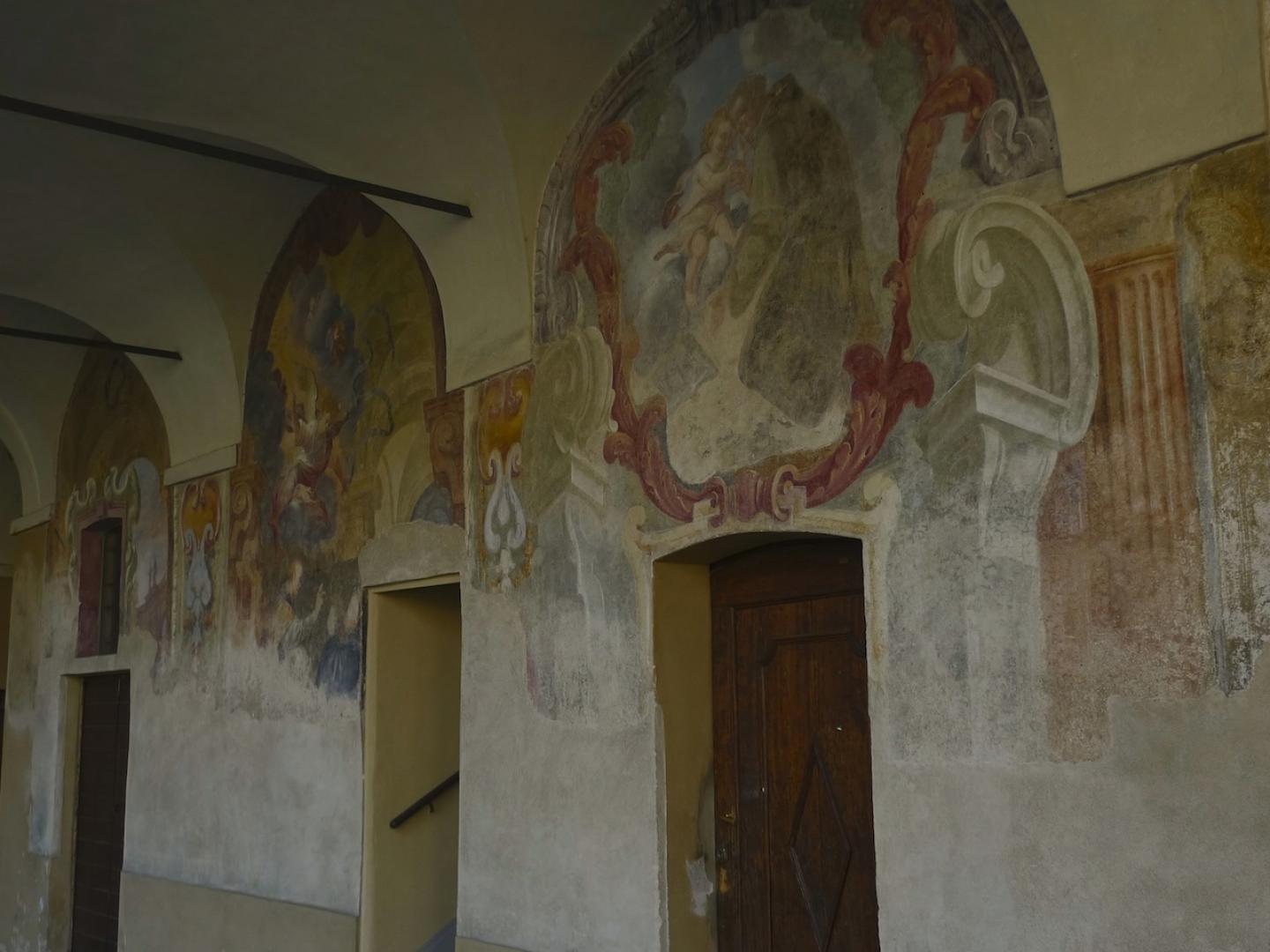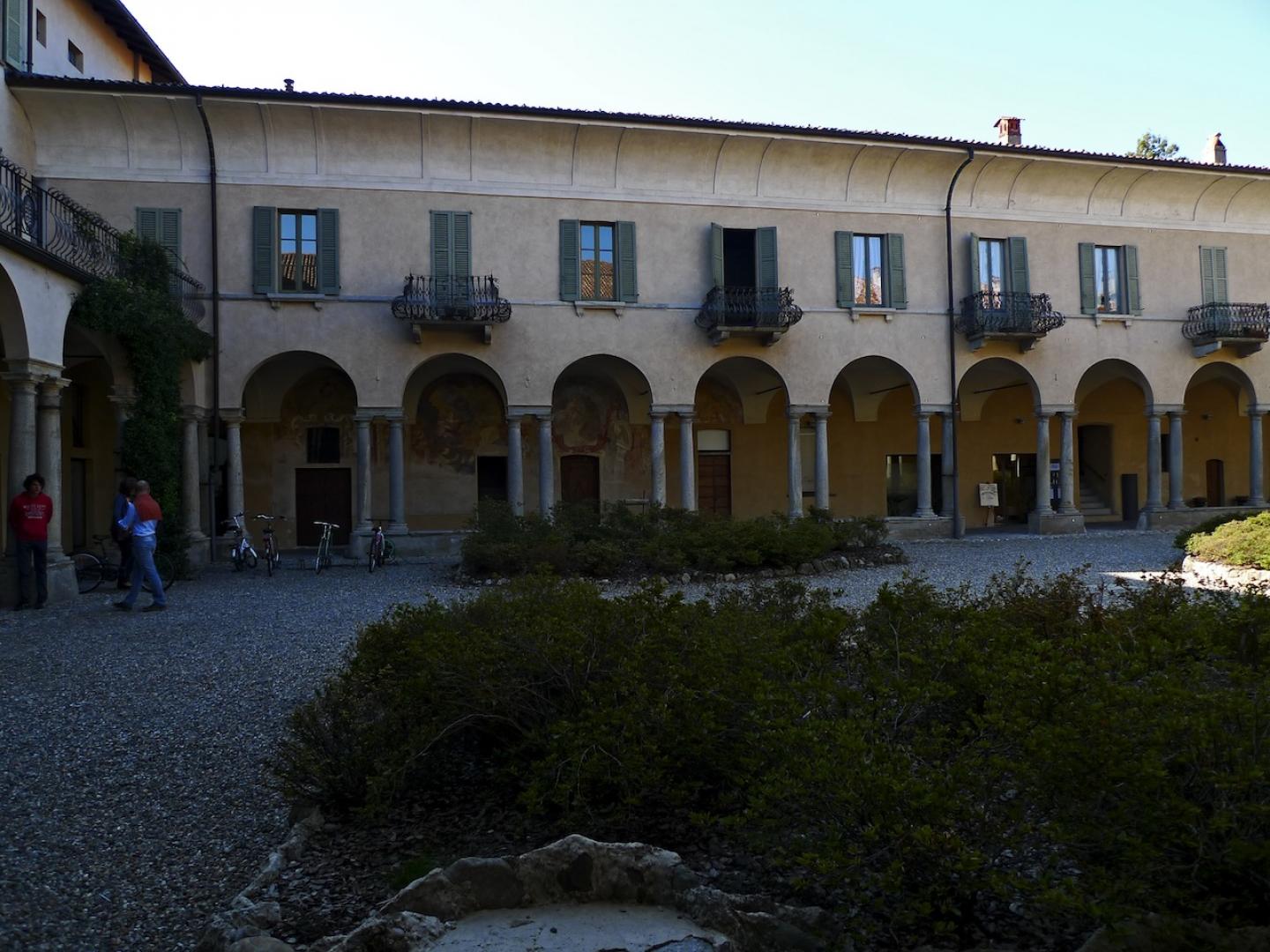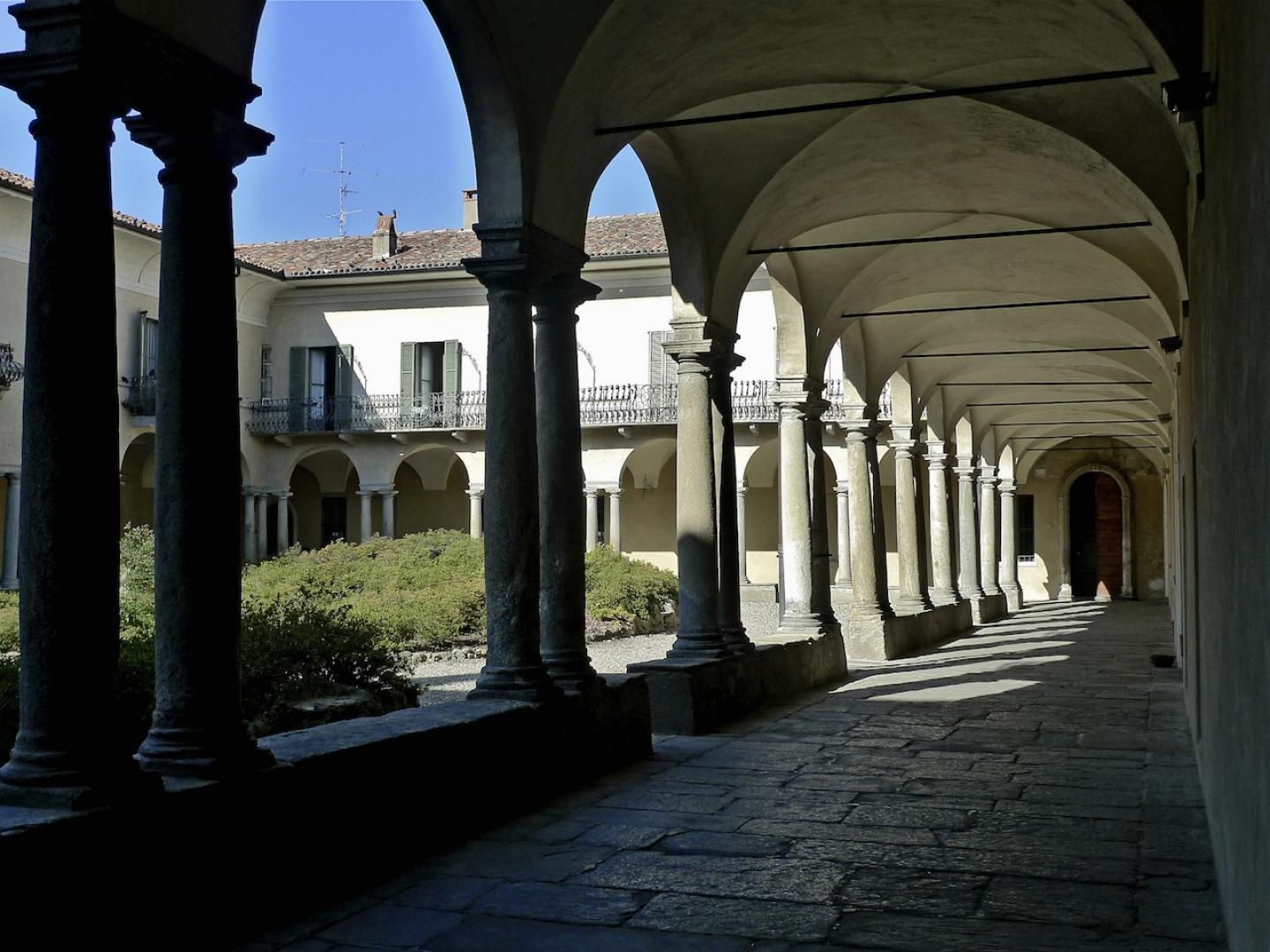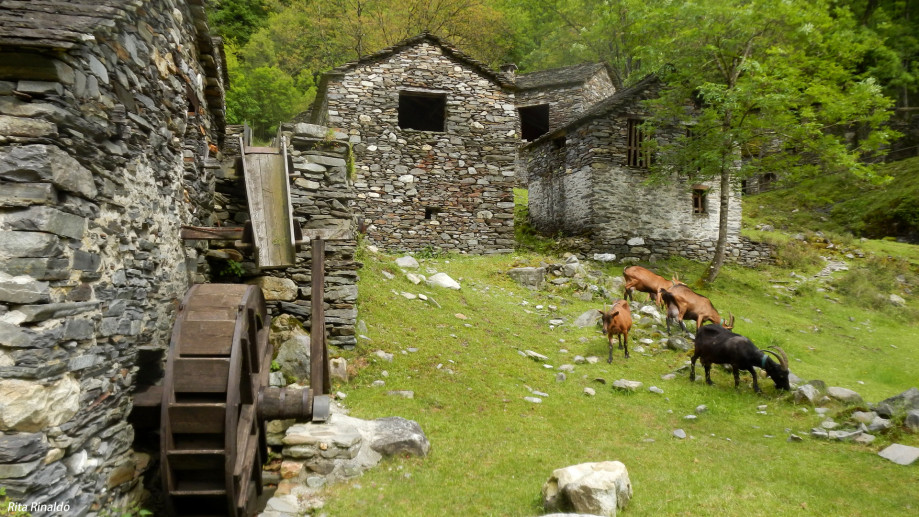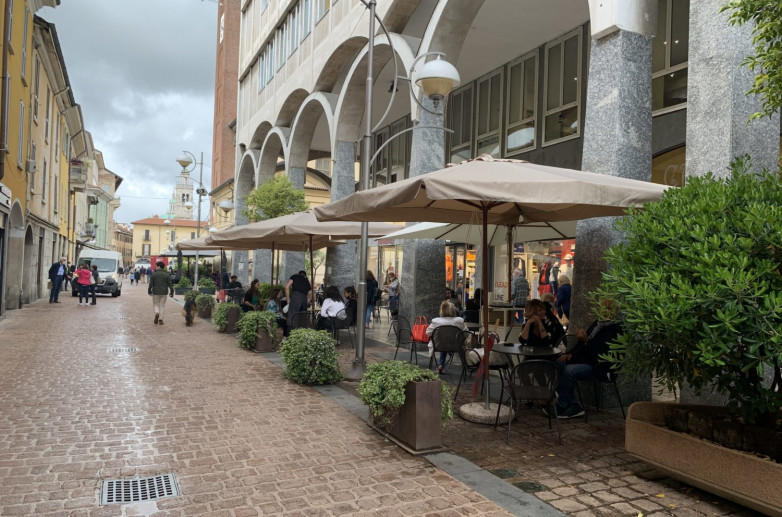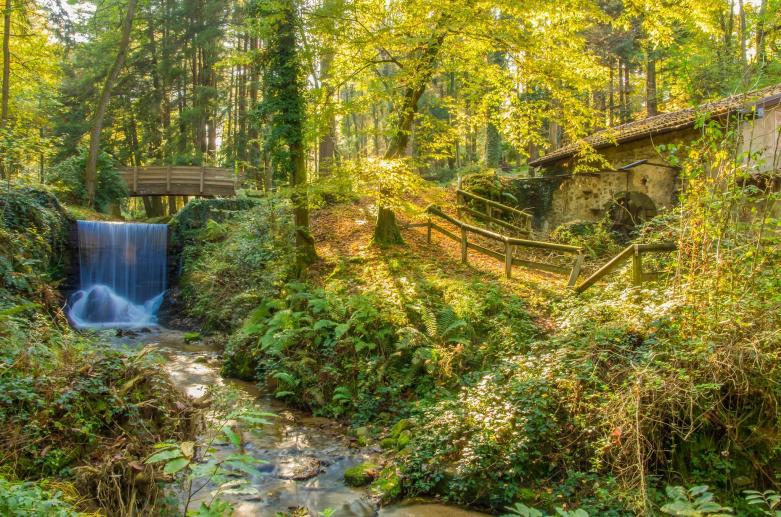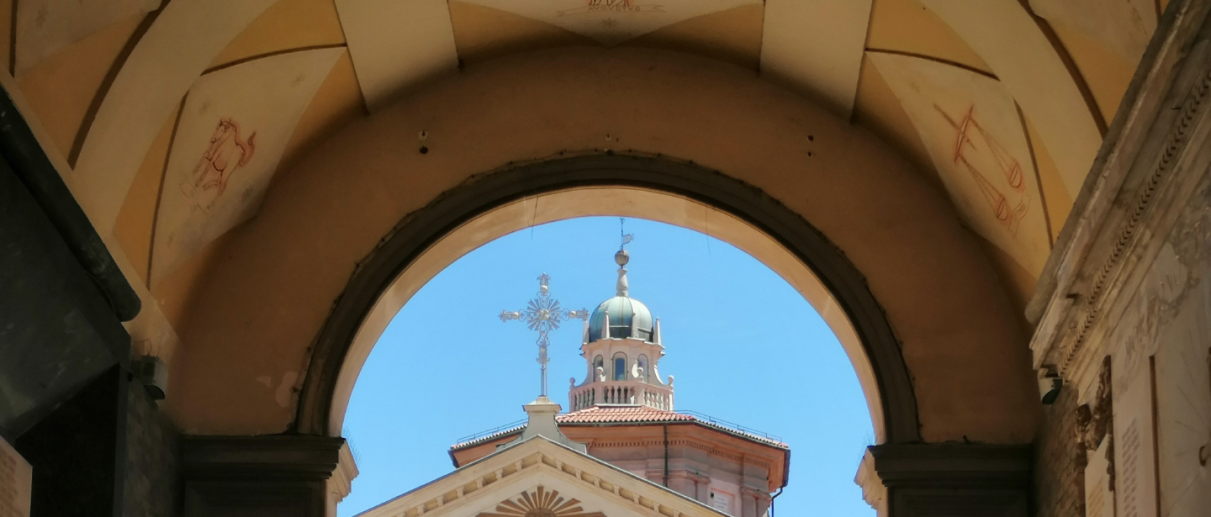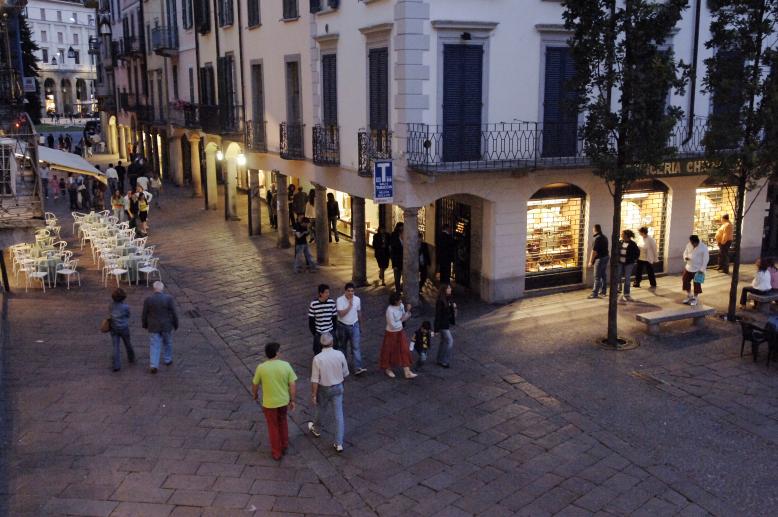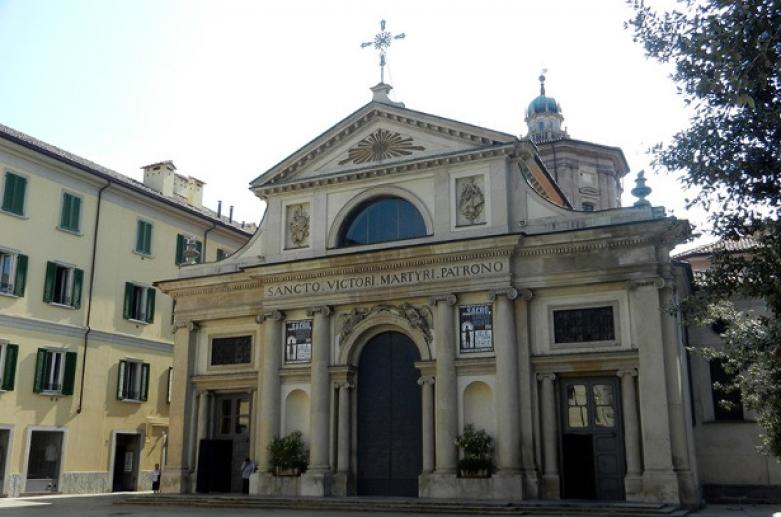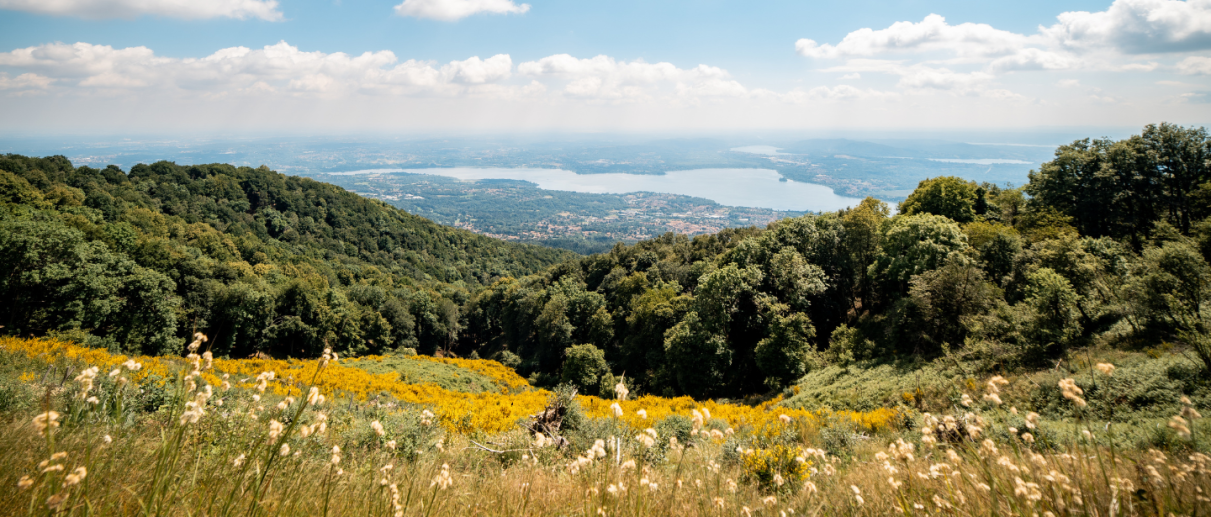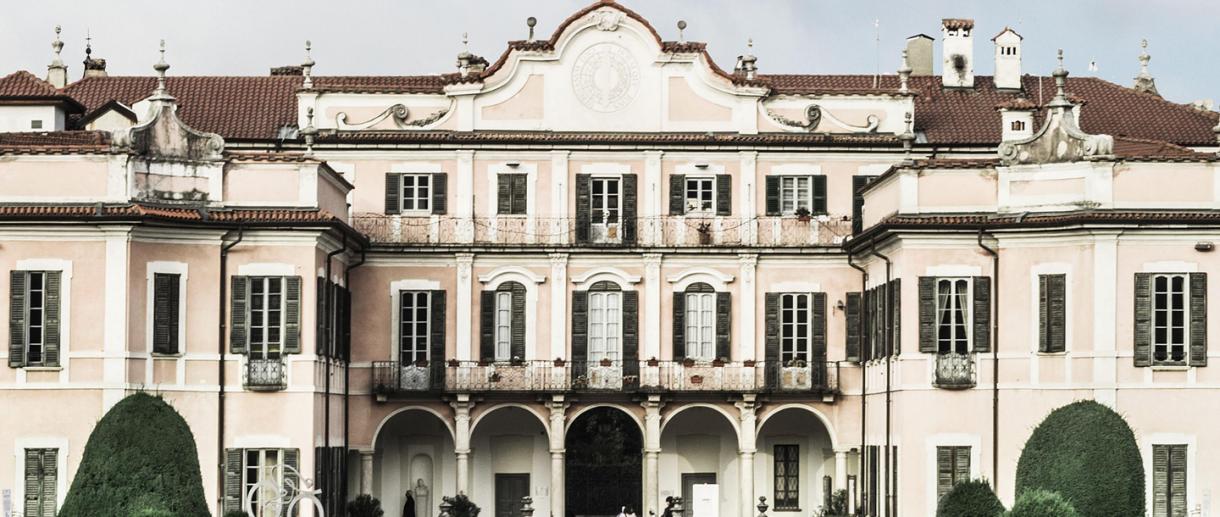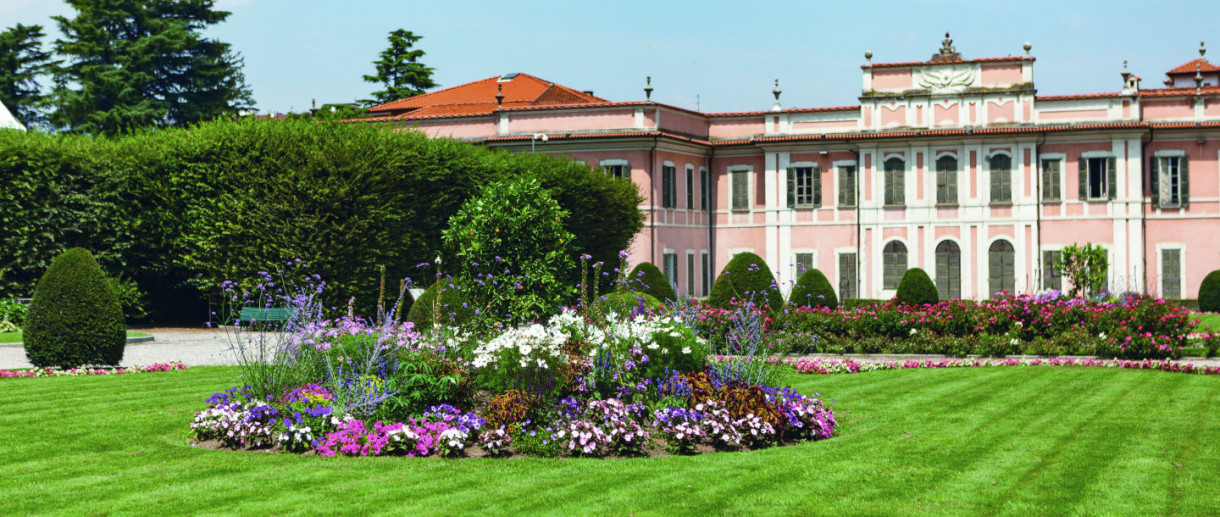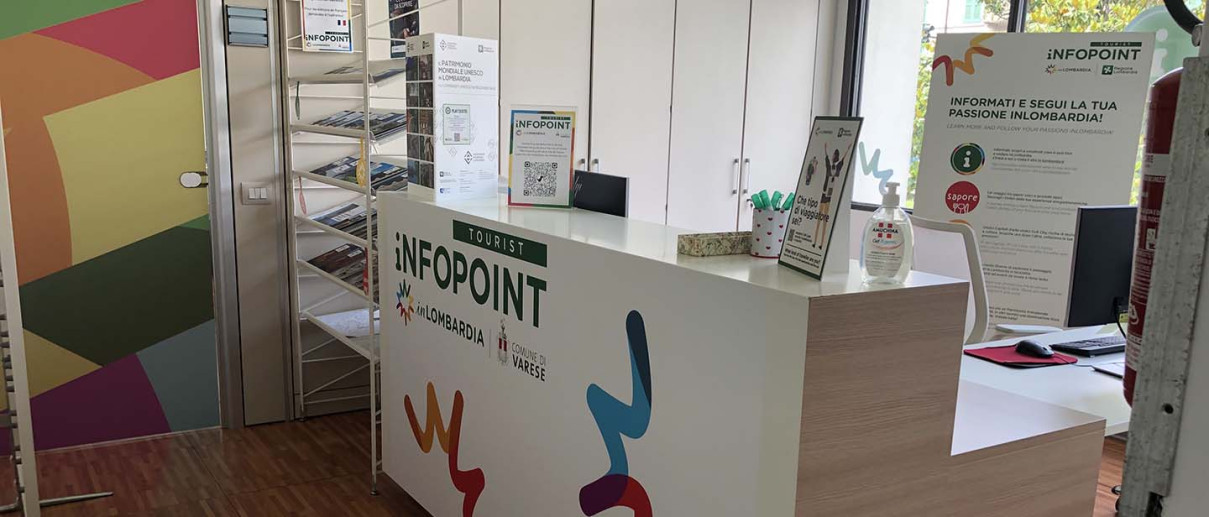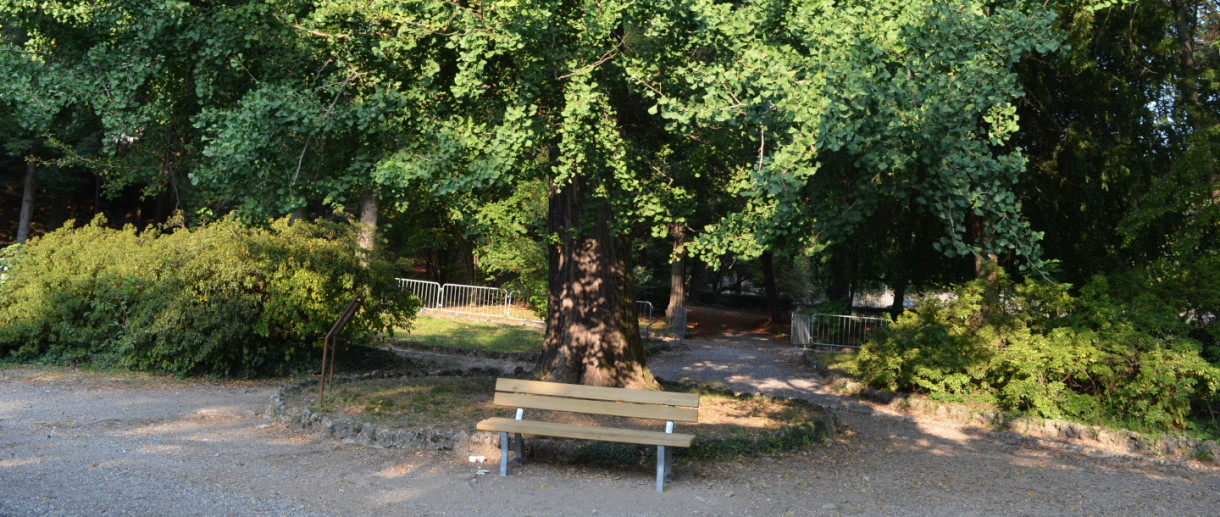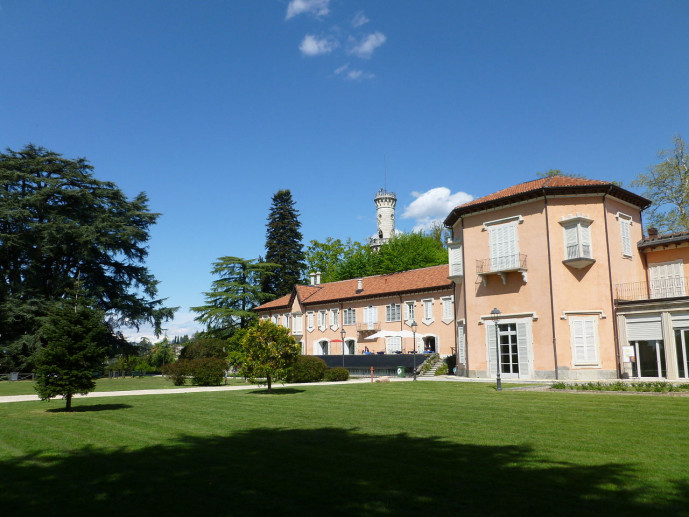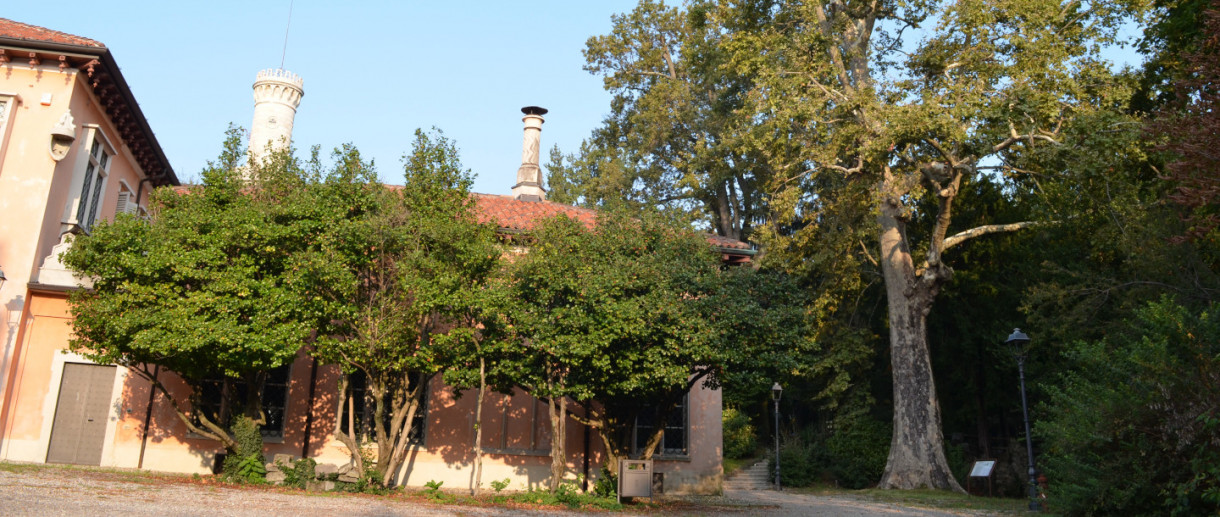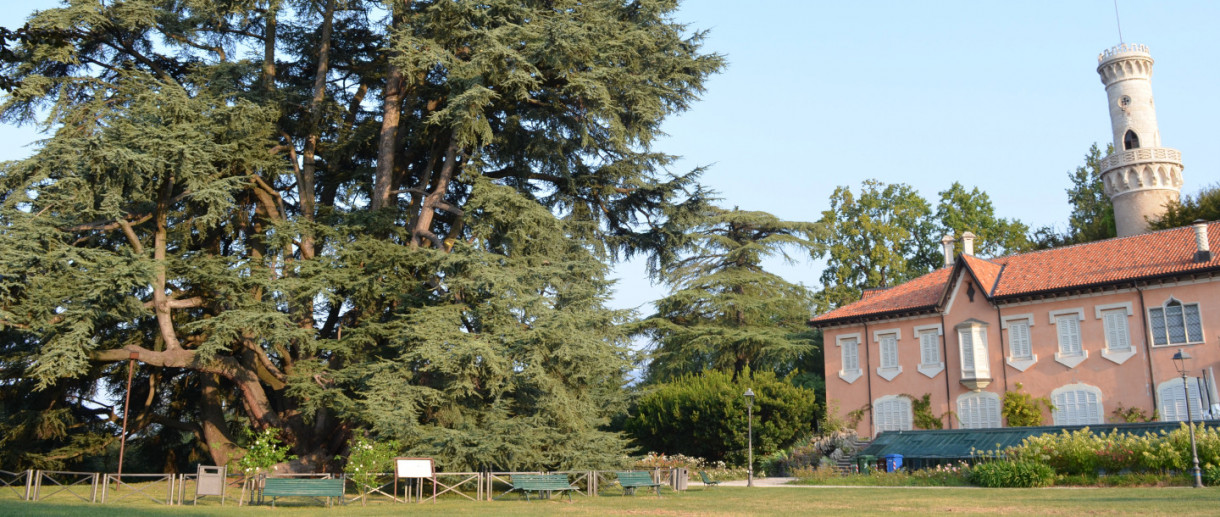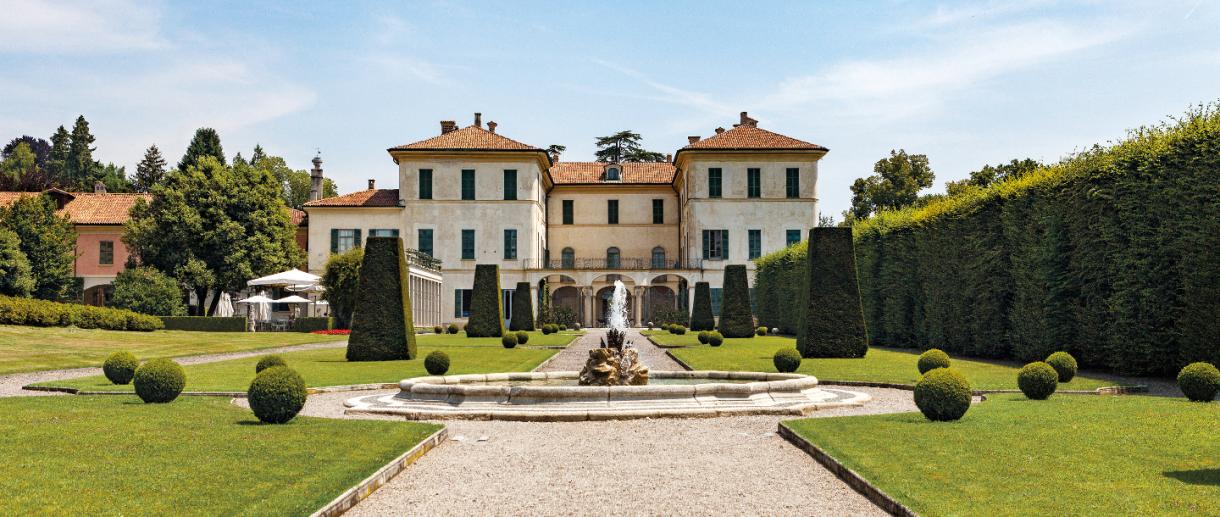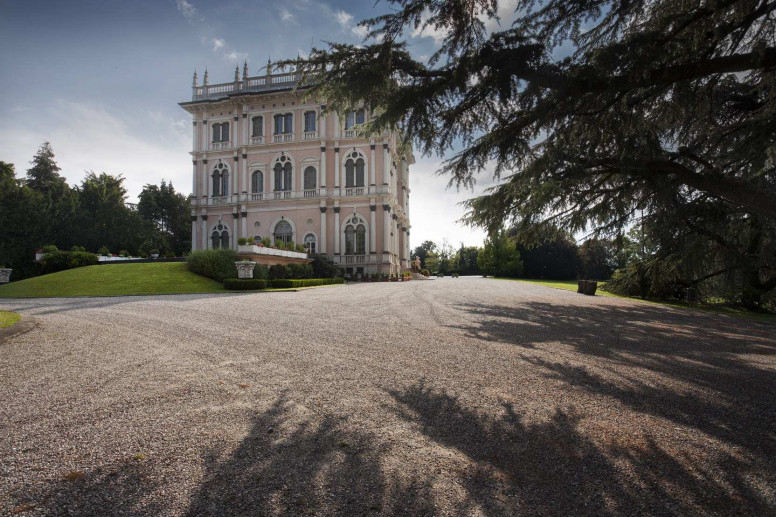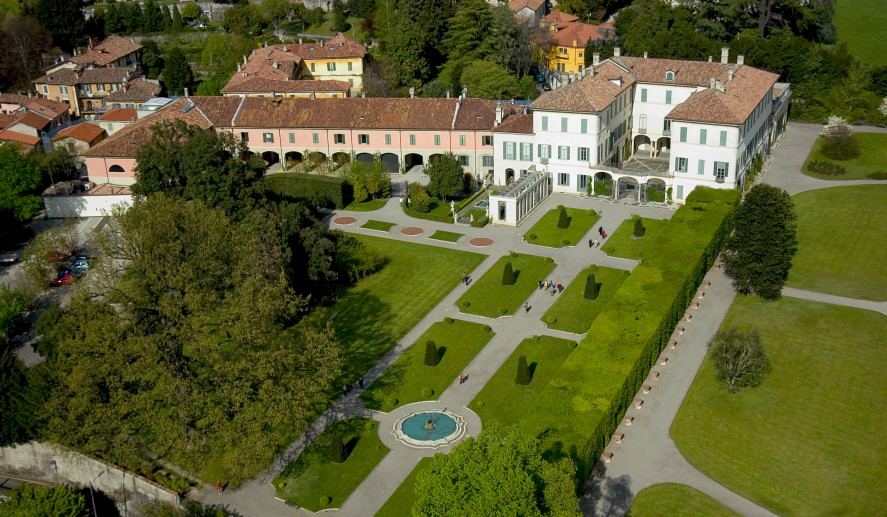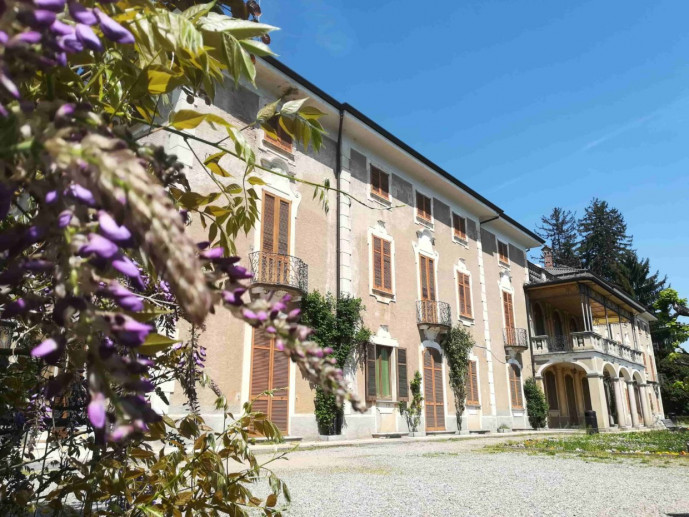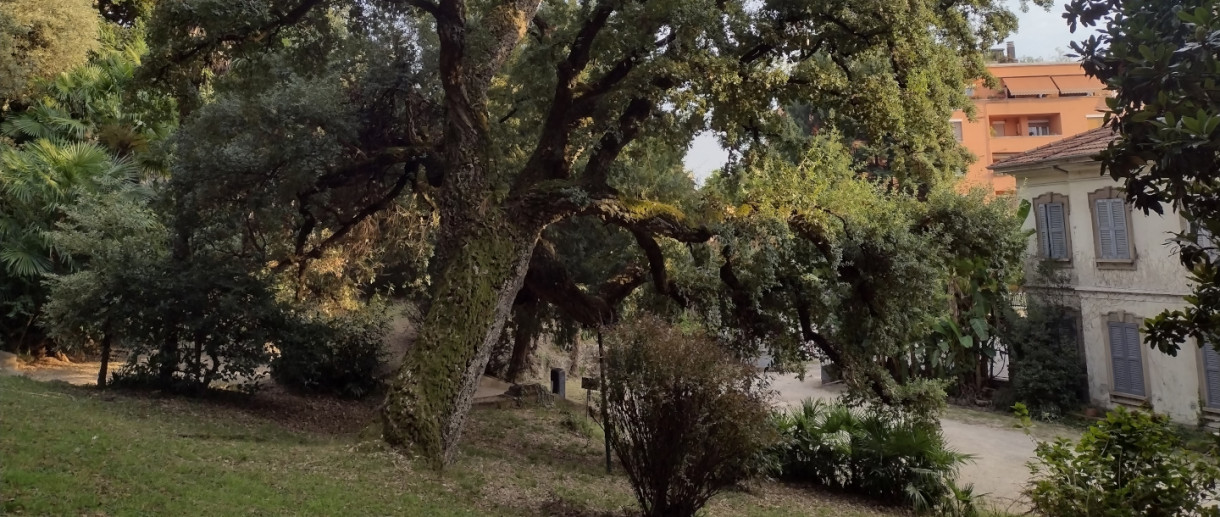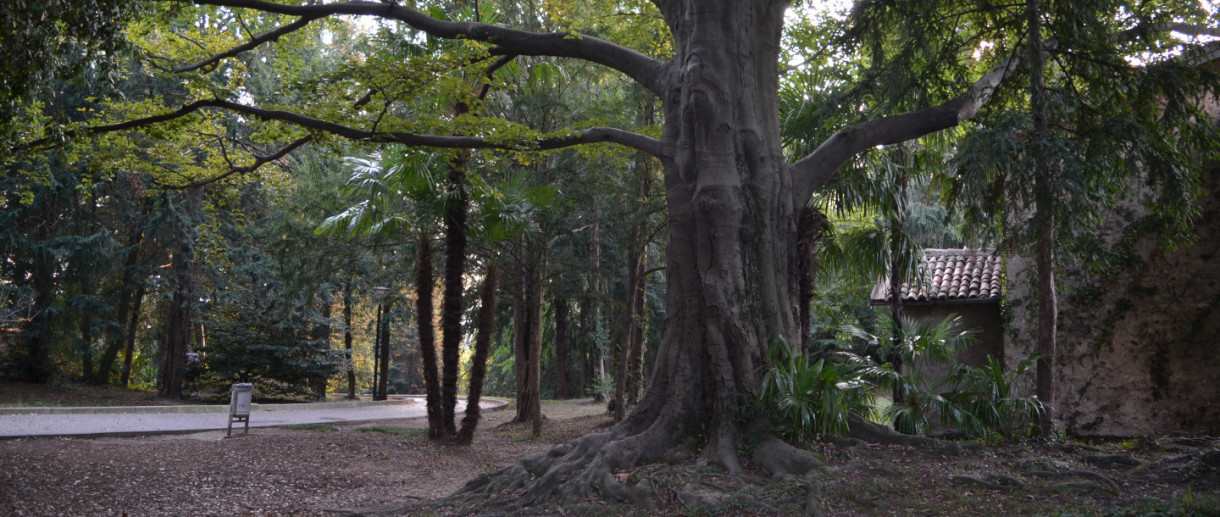- Art & Culture
Cloister of S. Antonino
One of the most historic places in the centre of Varese, known for the spring blossoming of azalee.
The ancient monastery of S. Antonino is part of the building complex known as "Casa Veratti" located in the historical centre of Varese, between corso Matteotti and piazza Carducci and of which the current Sala Veratti was the refectory.
News of the construction of the monastery dates back to the second half of the 16th century. In 1567, Cardinal Carlo Borromeo, Archibishop of Milan, ordered that the Benedectine nuns of the Luvinate monastery be transferred to Varese, in compliance with the Council of Trent decrees. The Consuls and Regents of the Varese Community pledged to contribute to the building of the new Monastery.
In 1599 construction began on the refectory, today's Sala Veratti. Later, the cloister, which still exists today, was built to connect the church and the refectory, as stated in the 1606 purchase agreement for the columns.
Initially the cloister was supposed to have a square plan, twice the size of the current one, possibly based on a design by Bernascone. In 1789, the Monastery of St. Antonino was suppressed, and the entire complex was purchased by public auction by Mr. Pietro Veratti, ancestor of the current owners, who converted it into a dwelling house with workshops.
In 1986 the city of Varese acquired the former refectory, today's Sala Veratti, when it had already been destined for public use as a venue for exhibitions and shows. After the protection decree issued by the Ministry of Cultural Heritage in 1987, the Veratti family, owners of the building complex, carried out the restoration of the ancient Monastery of S. Antonino, based on a project by architect Marè and under the careful supervision of the Milan Superintendency of Architectural Heritage, aimed at preserving the typological and material characteristics of the building, an important testimony to the development of the Varese "borgo".
Opening hours
Always open
